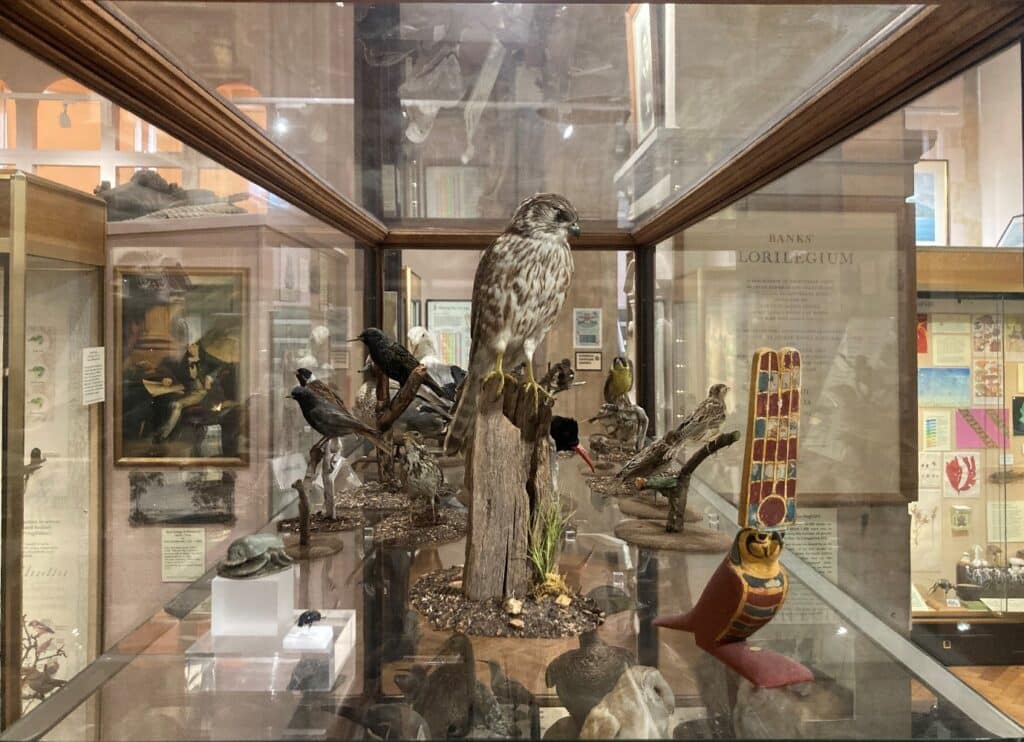In a world of TikToks, Instagram reels and dopamine-inducing social media scrolling, it may be uncomfortable to imagine teachers as some of the earliest pioneering content creators. We have always been responsible for crafting our own lesson plans to engage students, deliver information and stimulate discourse (albeit without any lucrative sponsorship deals to back this up!). So, in a world of fast, disposable content, where our learners absorb their media in ten second snippets, how can we capture their attention? Some forms of media still grab people for hours at a time, and it is by turning to the world of video games and game design that we might find some helpful hints.
What is gamification?
Gamification has become something of a buzz-word within education literature, a catch-all term for any feature, mechanic or design choice that could have been borrowed from a gaming setting (Dicheva et al, 2015). Examples of such elements might include:
- Points, Badges, Leaderboards (often referred to as PBL in the literature, not to be confused with Problem Based Learning!)
- Narrative – the use of realistic or unrealistic story and plot points to drive a course of study forwards.
- Aesthetic – whereby resources can be stylistically designed around popular themes to promote engagement (for example, fantasy or science-fiction).
Narrative and aesthetic choices can help to build an immersive world for a learner to explore, meanwhile the use of rewards such as points and badges can indicate progress or be used to sign-post alternative approaches to different activities.
Unfortunately, designing an engaging lesson or scheme of work is not as easy as taking an existing course and bolting on the gamified elements mentioned above as an afterthought. In fact, the ad hoc use of game elements is one of the major criticisms of most gamification research methodologies (Hamari et al, 2014; Rapp et al, 2019).
So how do game designers make their games so fun?
Perhaps one of the most notable game design systems is Hunicke et al’s (2004) MDA system, a methodology which defines the features of a game (in this case mechanical, dynamic and aesthetic) and then helps to establish the interplay between them. The features can be defined as:
- Mechanical: The rules of a game or system. These present actions for the students or players to carry out. In teaching terms, these are the actions students can carry out in the classroom.
- Dynamic: These are features of the gamified system that students can carry out while employing the mechanics above. Examples include opportunities for socialising or reflecting on past experiences.
- Aesthetic: Often considered the fun side of gamification, these features are designed to elicit emotional responses from students. A game’s aesthetic is composed of many finer elements, such as narrative, visual theme and discovery.
But how on Earth is this beneficial to me?
While busy teachers don’t have the time to build entire gamified syllabuses from scratch, we can use the strands of gamification from the MDA model to reflect on our own lesson planning to ensure we are maximising opportunities for engagement by putting the needs and interests of the learner at the forefront.
Below are some prompt questions that I have found useful. Next time you’re coming up with a lesson plan, perhaps try critiquing it through the lens of the game designer. Ask yourself “is this designed to engage?”
| Mechanical | Dynamic | Aesthetic |
| How much time are the students spending as a passive audience? Is this too much? Have I incorporated resources that the students can interact with? Are there a diverse number of ways in which the students can use and apply their understanding? | Are there opportunities to link this work to past studies and reflect on prior learning? Are the students able to collaborate with their peers and/or their teacher? Can students, while completing the activities, come up with novel solutions and new ideas? | Is there a narrative that underpins or gives context to this lesson? Are the students being given the opportunity to explore and discover for themselves? In what ways could this lesson tie into the students’ interests outside of this subject? |
References
Dicheva D, Dichev C, Agre G, Angelova G (2015) “Gamification in education: A systematic mapping study” Journal of Educational Technology in Society 18:75-88
Hamari J, Koivisto J, Sarsa H (2014) “Does gamification work? – A literature review of empirical studies on Gamification” Proceedings of the Annueal Hawaii International Conference on System Sciences, Waikoloa HI USA
Hunicke R, LeBlanc M, Zubek R (2004) “A formal approach to game design and game research” Proceedings of the Game Developers Conference San Jose CA, USA
Rapp A, Hopfgartner F, Hamari J, Linehan C, Cena F (2019) “Strengthening gamification studies: current trends and future opportunities on gamification research” International Journal of Human-Computer Studies 127:1-6



